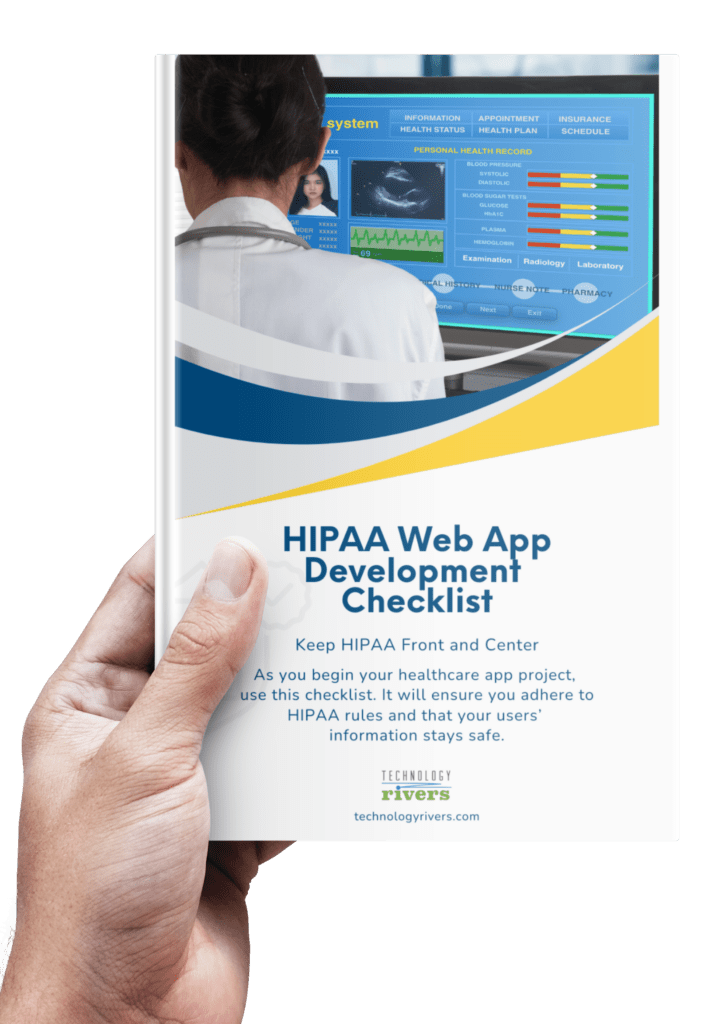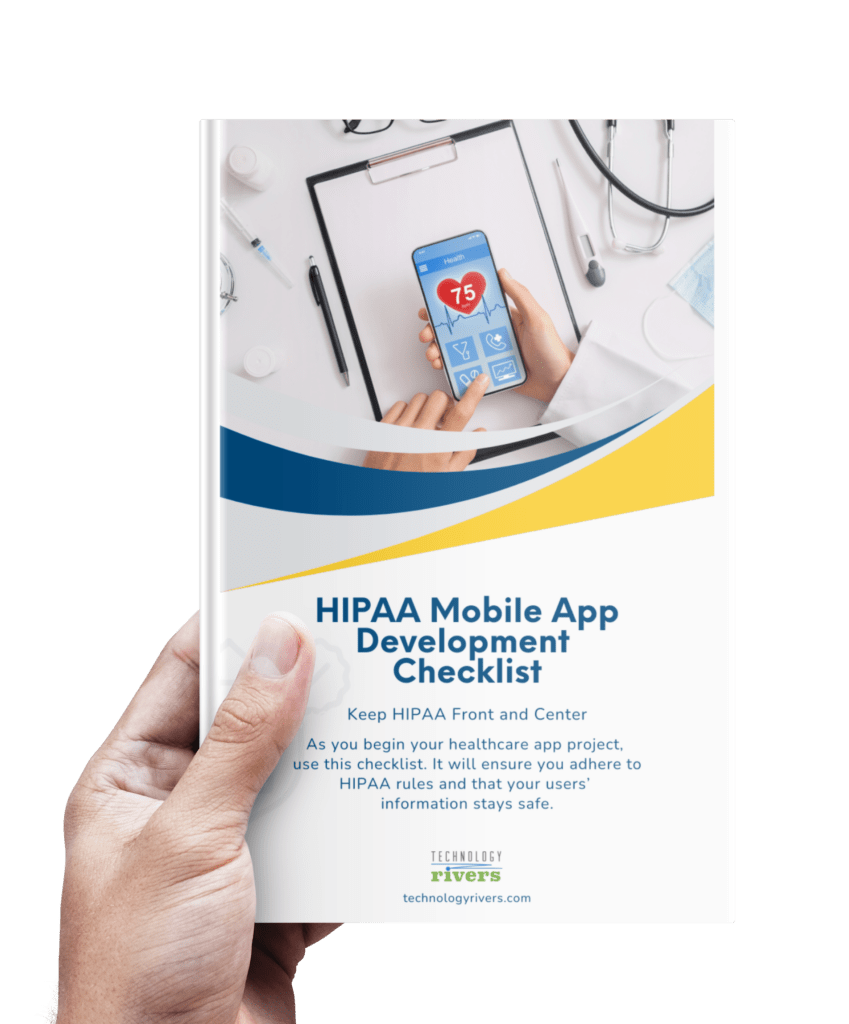In recent years, the internet has become a ubiquitous part of modern life and the use of mobile devices has increased significantly, making the need for mobile-friendly websites more important than ever to keep pace with the changing demands of users.
With the increasing number of mobile users, it is projected that mobile devices will account for nearly 54% of e-commerce sales by 2021, surpassing sales made through traditional websites.
This is why two of the latest trends in web development – Progressive Web Applications (PWAs) and Responsive Web Applications (RWAs), are becoming increasingly important for businesses as more consumers rely on mobile devices to access the internet.
While they share many similarities, they also have some key differences. In this blog post, we’ll explore both PWAs and RWAs, compare and contrast their features, and help you determine which one is best for your web development needs.
What are Progressive Web Applications?
Progressive Web Applications are web applications that offer a native app-like experience to users. They are designed to work across all devices, including desktop and mobile, and offer many features that are typically associated with native apps.
Progressive web apps are built using web technologies such as HTML, CSS, and JavaScript, and can be accessed through a web browser.
Key Features of a Progressive Web App
- Installability – Progressive Web Apps can be easily installed on a device’s home screen with a simple tap on the icon, making them easily accessible and giving users quick access to their favorite websites.
- Offline Capabilities – These apps can work with a slow internet connection or even offline, making them more reliable and accessible to users.
- Push Notifications – These web apps can send push notifications to users, providing a better user experience. PWAs can also leverage push notifications to enhance user engagement.
- Security – PWAs use HTTPS, ensuring that data is secure and providing users with peace of mind.
What are Responsive Web Applications?
Responsive Web Applications are web applications that are designed to provide a consistent user experience across all devices. RWAs are built using responsive design techniques that allow the website to adjust to the size of the user’s screen, whether it’s a desktop computer, laptop, tablet, or mobile phone.
Key Features of a Responsive Web App
Some of the key features include:
- Device Compatibility – Responsive Web Apps can work on any device with a web browser, making them accessible to a wide range of users.
- Responsive Design – Makes use of responsive design techniques to ensure that the website looks good on any device.
- Accessibility – Designed to be accessible to all users, including those with disabilities.
- Performance – Optimized for performance, ensuring that the website loads quickly and runs smoothly on any device.

What are the Differences between Progressive and Responsive Web Applications?
Now that you know what Progressive and Responsive Web Apps are, it’s time to know the main difference between the two.
1. App-Like Features
Progressive Web Apps offer a more native app-like experience to users. They offer many features that are typically associated with native apps, such as offline capabilities, push notifications, and installability.
Responsive Web Apps, on the other hand, are designed to provide a consistent user experience across all devices, but they do not offer the same app-like features as PWAs.
2. Technology Stack
Progressive Web Apps are built using web technologies such as HTML, CSS, and JavaScript, while Responsive Web Apps are built using responsive design techniques.
3. Offline Capabilities
Finally, Progressive Web Apps are designed to work offline or with a slow internet connection, while Responsive Web Apps require an internet connection to function properly.
4. User Experience
One of the biggest advantages of Progressive Web Applications is the seamless user experience they provide, as they are designed to be fast and responsive. Responsive Web Applications, on the other hand, can have slower load times and may not provide the same level of performance and interactivity as PWAs.
5. Development Costs
Developing a Progressive Web Application can be more expensive than building a Responsive Web Application, as PWAs require more advanced coding and development skills.
However, the investment can pay off in the long run, as PWAs’ responsive design enables them to run on any device, eliminating the need for separate coding for platforms such as Android, iOS, and the web.
PWAs have also been shown to increase user engagement, conversions, and revenue, making them one of the most cost-effective options for businesses.
6. Maintenance
Maintenance is an important consideration for any web application. With a Progressive Web Application, maintenance can be more complex, as there are more features to manage and ensure that they work smoothly.
However, with the right team and tools, maintenance can be streamlined and efficient. Responsive Web Applications can be simpler to maintain, but they may require more frequent updates to keep up with changes in the mobile device landscape.
6. Compatibility
Another factor to consider is compatibility with different devices and browsers. While both PWAs and RWAs are designed to work across all devices, there may be some compatibility issues with certain browsers or older devices.
It’s important to test your web application thoroughly across different devices and platforms to ensure that it works smoothly for all users.
Which One to Choose?
PWAs and RWAs are becoming increasingly important for businesses. With a responsive web app, businesses can ensure that their website is accessible and user-friendly across all devices, from desktops to smartphones. This is crucial as a significant portion of online traffic now comes from mobile devices.
However, if you want to offer a more native app-like experience to your users, with features such as push notifications, offline functionality, faster load times and better security then a Progressive Web App might be the best choice. These features can improve user engagement and increase the likelihood of return visits. For businesses, this can lead to higher conversion rates and increased revenue.
Overall, responsive and progressive web apps are essential for businesses looking to provide a seamless and engaging user experience on any device.
Either way, in order to stay competitive in today’s fast-paced digital landscape, it’s crucial to keep up with the latest web development trends so you can provide users with seamless, user-friendly experiences, regardless of the device they’re using. Whether you’re developing a new app or optimizing an existing one, it’s important to explore your options and choose the web development approach that works best for you.
So, if you’re looking to stay ahead of the curve and want to learn more about how to provide your users with the best possible online experience, reach out to us today!
We have the knowledge and experience to help you think through the benefits of PWAs and RWAs and choose the web development approach that’s best for you.














